This website uses cookies
This website uses cookies to enable it to function properly and to analyse how the website is used. Please click 'Close' to accept and continue using the website.



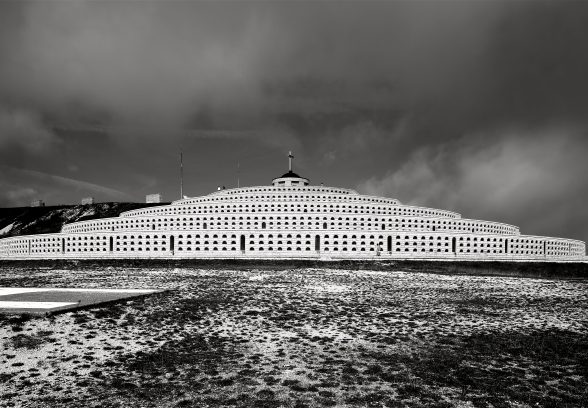
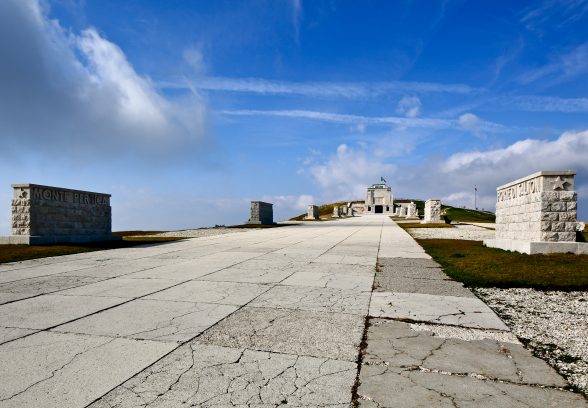
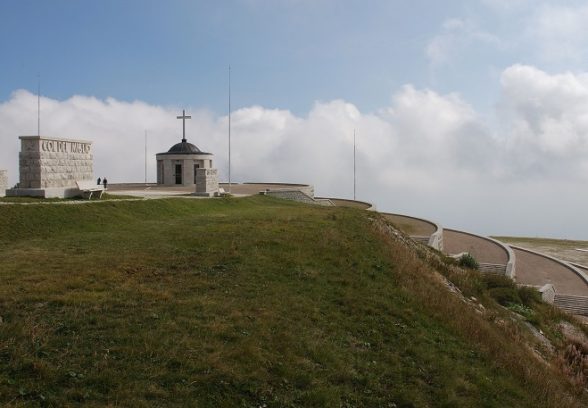
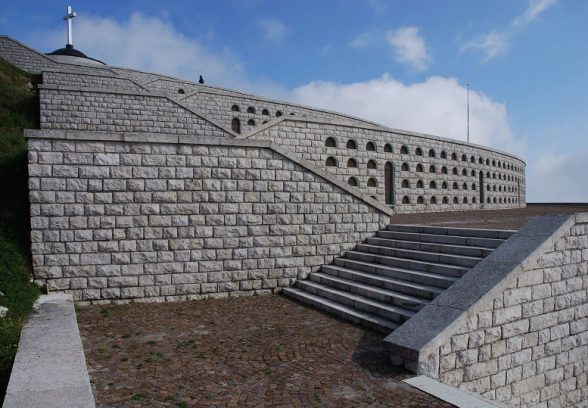
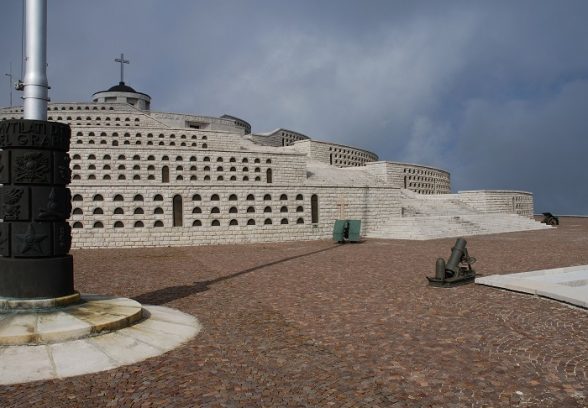
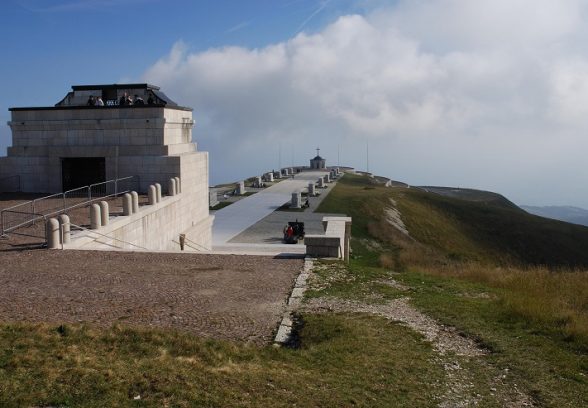
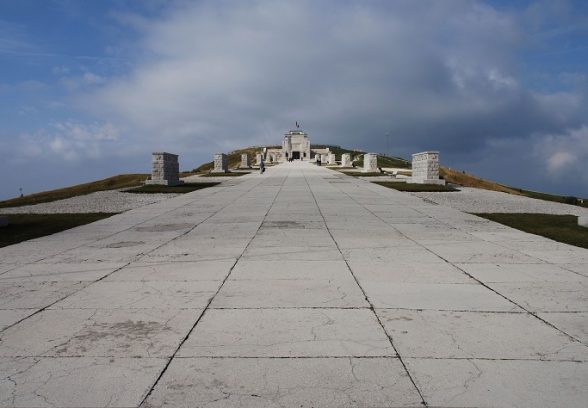
Italy: Il Sacrario di Monte Grappa
Architect: Giovanni Greppi
Location: Mount Grappa
Placed on the mountain top 1776 metres (5826 feet) above sea level, the Sacrario di Monte Grappa is the largest and most extraordinary of the Italian memorial ossuaries. It is monumental and histrionic in conception, but it is also a most imaginative response to a dramatic site and a very original architectural creation: like that at Redipuglia, the work of the architect Giovanni Greppi and the sculptor Giannino Castiglione. At first, the military tunnels were going to be used for the ossuary, under the direction of the architect Alessandro Limongelli. Work began in 1925 but was abandoned because of water penetration into the tunnels. General Ugo Cei having become director of works, Limongelli was replaced and the present scheme was begun in 1933. It was inaugurated – in 1935 in the presence of Marshall Giardino, commander of the Army of the Grappa. The monument is in three parts, placed axially on rising ground. It begins with the Sacrario itself, a sort of cone or small mountain consisting of six concentric terraces, diminishing in diameter as it rises. Between each is a curving wall of rubble stone, penetrated by two regular tiers of semi-circular openings. Behind these are the remains of 12,615 Italian servicemen, the majority of whom – 10,332 – are unidentified. Just below the summit, on the mezzanine of the axial staircase, is a rectangular portal over which characteristic sans-serif lettering announces Gloria a Voi Soldati del Grappa. This is the tomb of Giardino, who died shortly after the opening of the monument and was interred here in 1936. Above this, at the top, is a small circular temple, which is the Santuario della Madonna del Grappa containing a statue of the Virgin and Child consecrated by Pius X in 1901 which had been in a chapel on this site demolished by an Austrian shell during the fighting and rebuilt after the war. From here, a long axial paved road, 300 metres long, leads on upwards – La Via Eroica. This is lined with free-standing tablets, or plinths (arranged like those placed alongside the contemporary Piazzale dell’Impero at the Foro Mussolini in Rome) bearing the names of places which saw fighting in the battle for Grappa. At the end is a massive stone portal in the manner of an ancient Roman sarcophagus: the Portale di Roma e Il Museo Storico. Given by the city of Rome, this was designed by Limongelli as the entrance to the fortified Vittorio Emanuele gallery as part of the original scheme to use the tunnels as the ossuary. Either side of it, staircases rise further to reach the Osservatorio, the observation terrace behind, which affords a magnificent view of the Dolomites beyond.
But there is more. A little further to the north, with the entrance off axis, is another SACRARIO, again circular, designed in a similar style but with a severe Classical portico. This one contains the bones of the former enemy: the remains of 10,295 Austro-Hungarians, almost all of them unidentified.
Gavin Stamp
Either enter the name of a place or memorial or choose from the drop down list. The list groups memorials in London and then by country

Become a C20 member today and help save our modern design heritage.